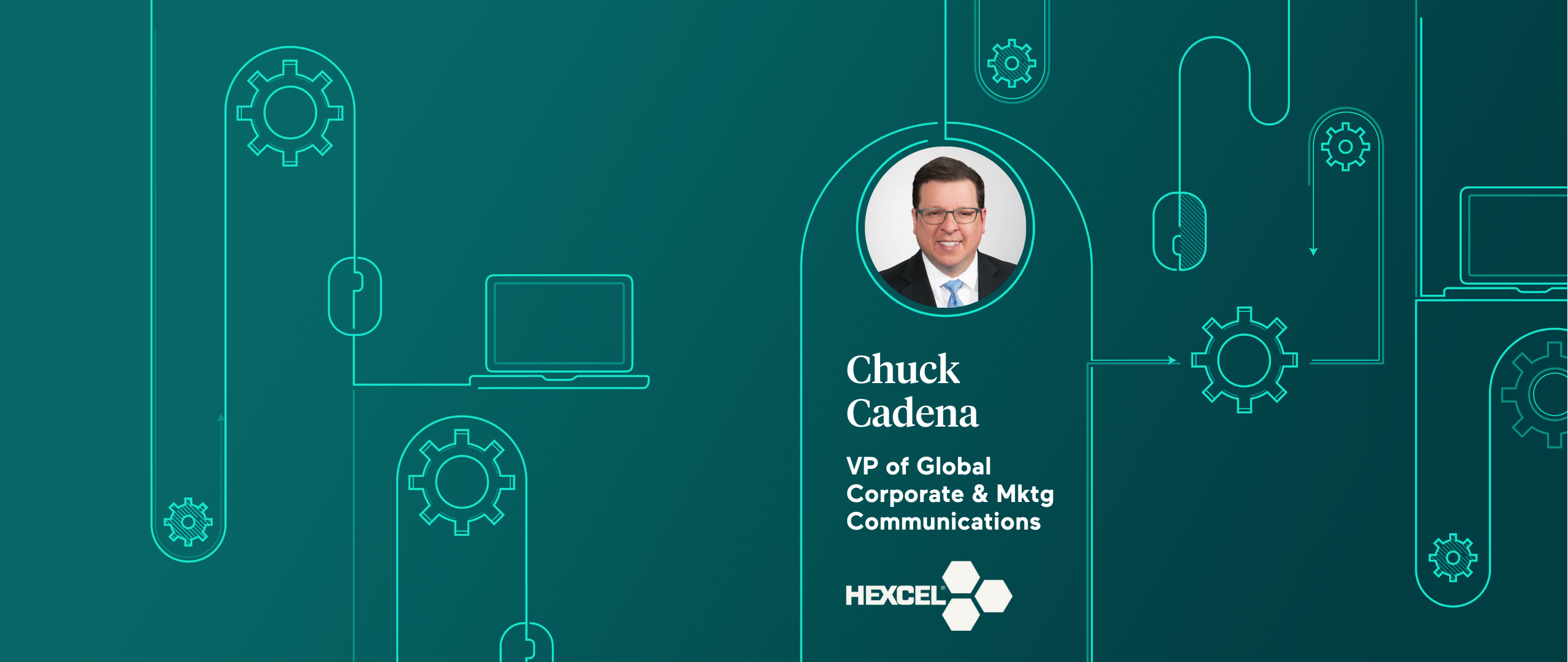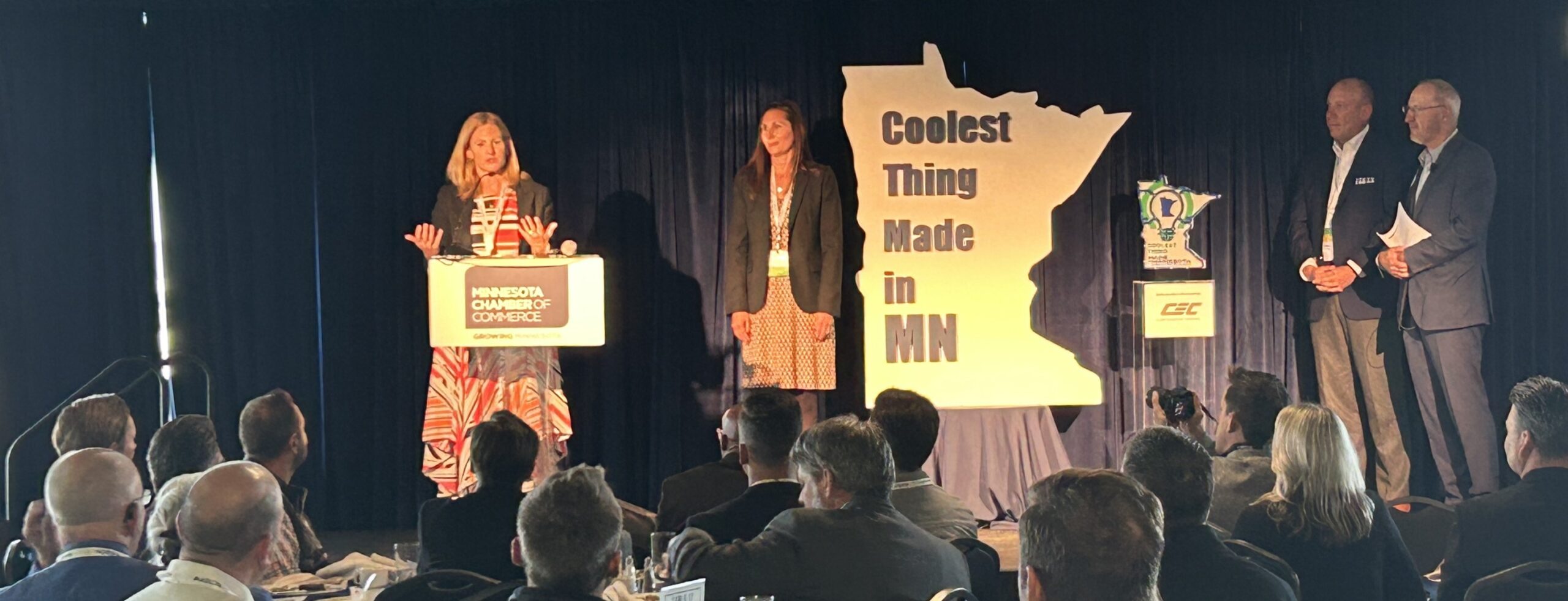Eight years ago, I was a demand generation leader within a global corporation at the peak of the content marketing hype cycle. At the time, my team followed all the Sirius Decisions Waterfall funnel best practices. We were using all of the latest, sophisticated demand generation tools from Marketo and Salesforce, from ABM to web personalization to progressive lead generation forms, and hidden fields. We were on top of our performance marketing game, generating hundreds of thousands of marketing qualified leads (MQLs) per quarter with lead magnets and Google AdWords. We probably captured the entire market’s contact information, and then some, but guess what?
It didn’t drive revenue.
While we had a super low cost-per-lead, we also had a super low lead-to-opportunity conversion rate. So why weren’t our tried-and-true tactics moving the needle?
Let me clarify: I have nothing against performance marketing, demand generation, or Sirius Decisions, but there’s a time and a place for capturing leads. Many B2B marketers are still feeling obligated to put all their eggs in that basket and follow an outdated model that doesn’t result in sales and doesn’t build a solid foundation for the future. And I don’t blame them. When the CFO sees the cost-per-lead on a Google Ads campaign, they want more of that.
So, we get stuck in a performance marketing cycle: Over-invest in lead generation programs > push MQLs with low-to-no buying intent to nurture, Business Development Representatives (BDRs), and sales > MQLs get stuck in nurture or sales rep gets ghosted. This is not working. And it only drives us marketers further away from our pals on the sales team.
There’s a better way. More and more B2B marketers are seeing success moving from an investment ratio that’s 15% brand building (demand creation) and 85% lead generation (demand capture) to a 50/50 ratio. This shift emphasizes reaching future buyers with storytelling and brand building efforts. In other words, creating demand. Here’s why:
Only 5-10% of B2B buyers are in-market for a solution at any given time
That leaves 90-95% of your buyers out-of-market, according to the LinkedIn B2B Institute, meaning the majority of your target audience currently isn’t looking for a solution or is even aware they have a problem. This audience doesn’t need a buyer’s guide or a demo. They need to be educated on the problem in the market and the opportunity cost associated with not solving it. Success looks like:
- Building trust and breaking through the noise in the market with thought leadership.
- Creating a powerful narrative, rooted in a differentiated and compelling point of view.
- Meeting your future buyers where they are already finding information, such as industry publications, speaking engagements, and social media.
Buyers aren’t interested in gated content anymore
The amount of free, available content has multiplied exponentially over the last decade and the market is saturated. Additionally, people have lost patience in filling out lead gen forms only to be inundated with a flurry of emails and calls afterward. A recent survey by 6sense showed that only 4% of web visitors fill out forms. Again, there is a smart time and place for forms, for example:
- When buyers are in-market looking for buyer’s guides and live demos.
- When buyers have intent and want you to contact them with more information.
- When current customers want to hear from you on how to get more out of your products.
Brand building results in a quicker sales cycle and an easier sale
This shift to brand building and reaching out-of-market buyers also ensures your BDR and sales reps are focused on the most valuable leads instead of bombarding low-intent MQLs, i.e., tire-kickers. If derived from buyer insights and done well, storytelling and thought leadership can help you create a captivated and educated group of buyers for the future. When they’re ready to buy, they will turn to the brand they know and trust, increasing your pipeline velocity and lead-to-opportunity conversion rate.
The right metrics matter
Meaningful metrics and accountability to results are obviously still extremely important. But we need to start separating demand creation activities from demand capture activities and measure their performance differently. The goal of demand creation is to educate and build relationships, not generate short-term sales. Brand building is a long game, therefore Key Performance Indicators (KPIs) could include:
- Reach or impressions
- Engagement, such as likes, comments, shares, reposts, etc.
- Share of Voice (SOV)
- Brand recall and perception
- Self-reported revenue attribution and Customer Lifetime Value (CLV)
The good news is brand building gets us back to the art of B2B marketing—deeply understanding your buyer and creating powerful storytelling that connects their problem to unique solutions your brand offers. This approach is more about evoking emotion and changing behavior than it is about product promotion. I don’t know about you, but the former sounds more fun to me.
Contact us to learn how to budget for storytelling and brand building in 2025.



